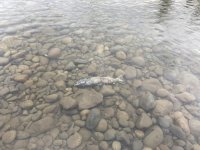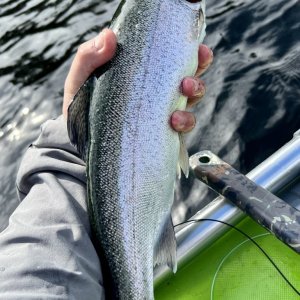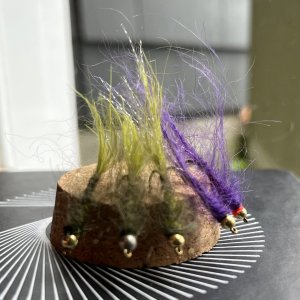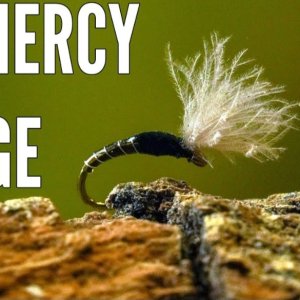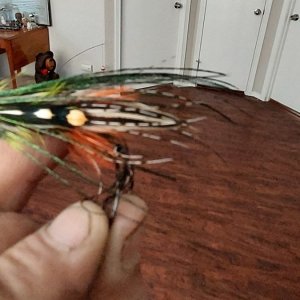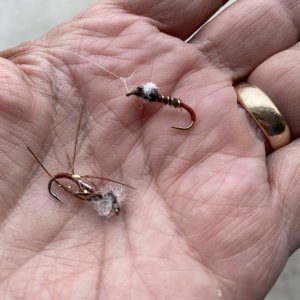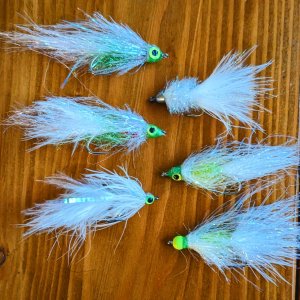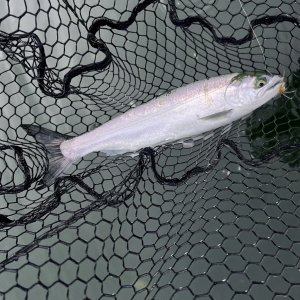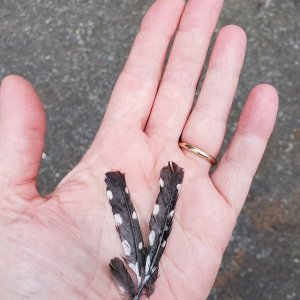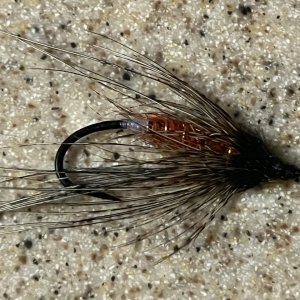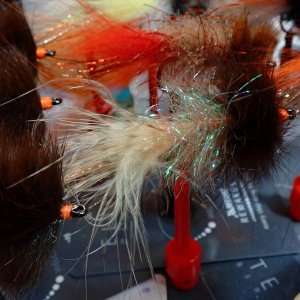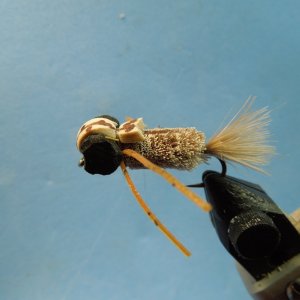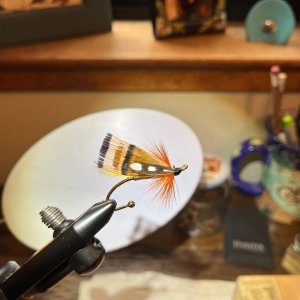I'm not surprised to see that the Stillaguamish was not open to game fish/coho at the same time.
That said I'm more surprised to see the Snoqualmie opened. Since March we have consistently heard that these Snohomish closures were necessary to protect wild Chinook returning to the basin. The justification in the announcement for these openings was that coho are abundant and returning at levels above forecast. This is true however there is no mention of Chinook or acknowledgment of the late timing of the Snoqualmie Chinook and whether there was enough Chinook impacts for that portion the Snohomish Chinook. It is my opinion that the NOR (wild) Snoqualmie fall Chinook are one of the most unique stocks in Puget Sound. They are a late spawning population will spawning consistently extending to Thanksgiving and beyond with occasional spawning seen through much of December. In addition, unlike most of the typical PS Chinook and significant portion of the returning adults have a yearling freshwater rearing contribution that often is in the 15-20% range.
Apparently high abundance of coho trumps the Chinook needs but abundance of game fish does not. Upon reflection I guess I should not be surprised this is the case.
Curt
That said I'm more surprised to see the Snoqualmie opened. Since March we have consistently heard that these Snohomish closures were necessary to protect wild Chinook returning to the basin. The justification in the announcement for these openings was that coho are abundant and returning at levels above forecast. This is true however there is no mention of Chinook or acknowledgment of the late timing of the Snoqualmie Chinook and whether there was enough Chinook impacts for that portion the Snohomish Chinook. It is my opinion that the NOR (wild) Snoqualmie fall Chinook are one of the most unique stocks in Puget Sound. They are a late spawning population will spawning consistently extending to Thanksgiving and beyond with occasional spawning seen through much of December. In addition, unlike most of the typical PS Chinook and significant portion of the returning adults have a yearling freshwater rearing contribution that often is in the 15-20% range.
Apparently high abundance of coho trumps the Chinook needs but abundance of game fish does not. Upon reflection I guess I should not be surprised this is the case.
Curt

